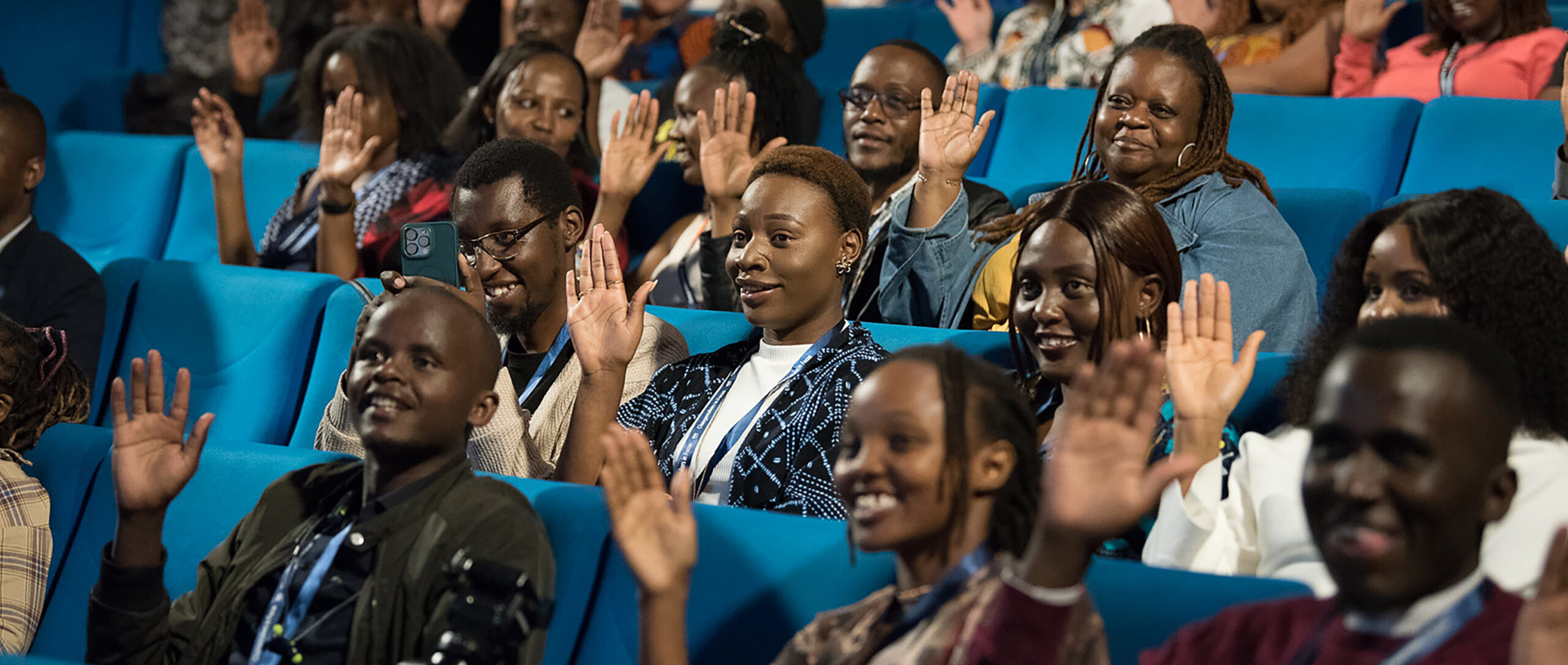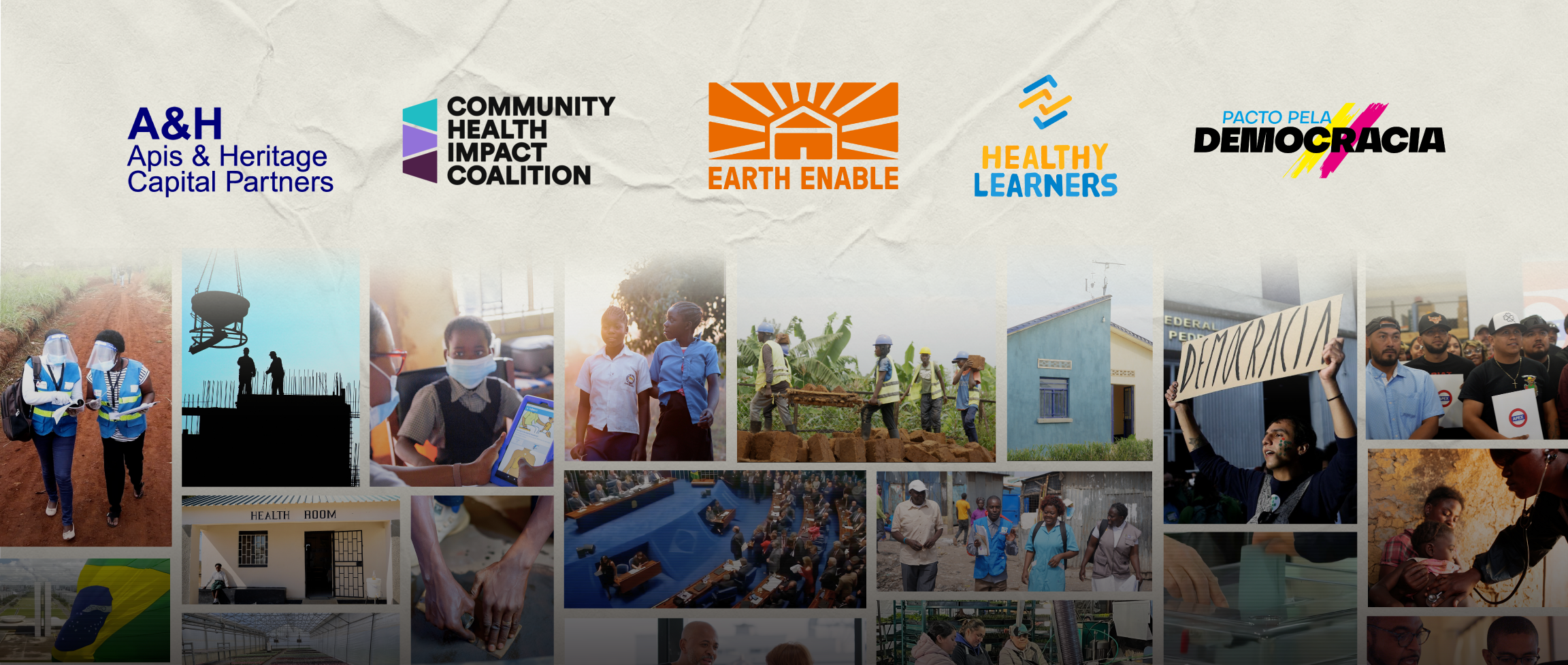David Rothschild’s Trip to Brazil: Seeing Deforestation Solutions Firsthand
I just returned from Brazil, where I visited partners in the Amazon states of Para and Mato Grosso. Before I get into the nitty-gritty, let me reflect on the big picture regarding the State of Para in Brazil. Para is clearly undergoing a dramatic and deep transformation. Only a few years ago, Para was a place I was afraid to travel to, a place where organized crime ruled and assassins were available for hire almost openly. It was known as the wild west of the Amazon—more so than any other place in the Amazon (the size of the continental US). Quite a few environmental or human rights activists had been killed or threatened. This is where in 2005 Sister Dorothy Stang was murdered in cold blood for standing up for the poor.
Today, more than half of the private lands are registered with the state and monitored, and organized crime has less of a stranglehold. In place of lawlessness and fear, one feels a real sense of pride emerging alongside a booming economy and increased governance. Para is not like it was in 2005; Para is not like it was 5 years ago. Para isn’t even like it was one year ago.
This has been an eventful trip, and quite a synergistic convergence of the Skoll Foundation investments in the Green Municipalities Program, the Amazon Corridors and the AVINA Amazon program. The timing of the trip coincided with a three day visit to the municipality of Alta Floresta in the state of Mato Grosso, where AVINA partners are working with a group of municipalities to develop a sustainable municipalities strategy similar to the Para Green Municipalities Program. This is one of the pillars of our strategy for the AVINA partnership 2.0—bringing green municipalities approaches to other regions. In addition to municipal and NGO leaders from Bolivia and Ecuador, Beto Verissimo of Imazon was there to share more about the Para Green Municipalities Program as well as an official from the Para municipality of Altamira. And Vasco van Roosmalen of the Amazon Corridors project was also there to learn and discuss bringing the strategy to the state of Rondonia and the Munde-Kwahiba corridor.
But equally important was a visit to the Green Municipalities Program in Para. For this trip I considered a visit to visit the municipality of Paragominas, but instead chose to visit a municipality that is having a more difficult time—one where things aren’t all going well. Paragominas is the municipality that is the model for the Green Municipalities Program where Imazon, with the support of others, intervened to turn one of the highest deforestation municipalities in the Amazon into a model of sustainable development with a strong economy and local governance. But I wanted to see a municipality that was in the midst of difficulties with the transition. I ended up in Thailand, kind of.
After two days of air travel from California, I arrived in Belem, capital of Para. The next morning at 6am, I headed out to visit the municipality of Tailandia–ie Thailand–with Andreia Pinto, Imazon’s executive director. One of the early settlers to the region called his huge ranch Thailand–meaning to refer to a heavenly tropical paradise. The name stuck. A tropical paradise it never was and certainly never became.
Tailandia is not huge—a bit bigger than Rhode Island and smaller than Delaware. Yet only 5 years ago it had 160 sawmills operating in it. The vast majority of the logging was illegal. Criminal gangs controlled much of the local economy. In 2008 a large team of elite federal troops descended on Tailandia and confiscated the equivalent of 500 truckloads of illegally logged wood. The raid was dramatic and very public, grabbing international attention.
The federal government used Tailandia as an example—showing their willingness and capacity to crack down hard on illegal logging. Most people in Tailandia already didn’t trust the federal government. After that raid their bitterness increased. The raid and subsequent enforcement by the federal government for the most part shut down the local economy in Tailandia, which at that point was mostly dependent on illegal logging. The federal government put Tailandia on the blacklist of municipalities with high deforestation, and cut their access to federal funds and loans. Unlike Paragominas, which has since been removed from the blacklist, Tailandia is still on it. There is clearly a distrust of the federal government and outsiders. So that is where I was headed.
On our way out of Belem, I heard a radio commercial for the Green Municipalities Program targeting private landowners. The message was clear: “Produce without deforesting. Begin to see this as good business.” This tagline is on many of the state’s Green Municipalities Program public materials. The five hour drive gave me plenty of time to learn from Andreia about how the Green Municipalities Program is rolling out in Tailandia. I noticed many road checks where federal officers were checking all commercial vehicles.
When we finally arrived in Tailandia we met with the technical team that works with the municipal “office of science, technology and environment.” This team of ten had been trained by Imazon and was in the process of registering each of the properties in the municipality, licensing businesses, and enforcing local regulations (mostly by fines). The team members were all from Para but not from Tailandia, young and dedicated. Registering properties enables Imazon and the state to monitor deforestation, among other things. The team is working closely with the municipal government and the local landowners to help move the municipality toward legality and governance, with the intention of getting the municipality off the government blacklist. In order to be removed from the blacklist, municipalities must reduce deforestation to below 40 square kilometers per year, and have at least 80% of private property lands registered. Tailandia’s deforestation has dropped to about 20 square kilometers per year, and 76% of the private property lands are registered. The team is close—they only need another 4% to reach the criteria for being removed from the government blacklist.
I asked why they were not able to get the next step for registering landowners—enough registered landowners to go over the 80% threshold and be removed from the blacklist. It took some prodding because the team needs to be careful, but it turns out there is a small group of large landowners that are holding out, with little intention of registering their lands. Even though the majority of the landowners in Tailandia are now operating within the law and have registered their lands, these few are holding the entire municipality back. Although it seems like there should be peer pressure to comply and allow the municipality to be removed from the blacklist, the team suggested that all the other landowners are afraid of them. The situation is complicated—which was a frequent reply to my many questions.
See the Imazon’s April report on Tailandia here. You’ll notice that they call out specific locations where deforestation took place.

Imazon’s map of Tailandia showing properties, forested land (green), deforested land (pink) and reforested land (orange—mostly palm oil plantations).
After meeting with the technical team Andreia and I visited a local rancher who is a former heard of the rural producers union and active in municipal politics. He proudly showed off his new rotational pasturelands ranching methods. This experimentation on rotational pastures is something I saw a few times over, including in Mato Grosso later in the trip. Only a few years ago one didn’t see much of this in Brazil. The rotational methodology allows more head of cattle per hectare and keeps the soils in improved condition so that after a few years the land is not degraded forcing the cattle rancher to move elsewhere. Cattle ranching is the leading cause of deforestation in Brazil. The way most ranchers in the Brazilian Amazon raise cattle degrades the land rapidly. After the land degrades cattle needs to be moved to new pastureland—often by deforesting new areas.
This is one of the drivers of the boom-bust economy destroying the Amazon, and the pattern that the Green Municipalities Program is in the process of breaking. Seeing ranchers lead the way experimenting with soil management was encouraging. Brazil’s new low cost loans for low carbon agriculture is also beginning to take off—another encouraging sign.Today there are about 40 sawmills operating in Tailandia, all with forest management licenses, and reportedly operating for the most part within the bounds of the law. The local economy is changing, and is no longer dependent on deforesting. The municipality has seen significant investment in palm oil – with huge plantations covering much of the northern part, all on lands already greatly degraded. This has helped diversify the economy, making it less dependent on logging.
After a brutal 5 hour drive back to Belem, my first day in Para came to an end. The next day I met with Justiniano Netto, the State Secretary of the Green Municipalities Program, a prominent new position in the State of Para government. I asked him about the landowners in Tailandia who are holding the process back. He said he is aware of the situation and that there are steps the State of Para can do to encourage them to register—starting with the simple step of calling them on the phone. A call from state officials often can spur people into action. This combination of top down and bottom up approach they have found to work well. Only two years ago almost no properties were registered in the State of Para; now over half of them are. Things are changing quickly and those that don’t come along voluntarily are being prodded strongly.
Justiniano also told me about some other strategic moves they have been making at the state level, including some steps to close legal loopholes. This is yet another sign of the massive transformation underway in Para—as it shifts from one of the world’ greatest sources of forest carbon emissions from deforestation and wild west with limited governance, into a modern rural economy with strong governance and little deforestation. It is all happening now. It is a different place than it was a few years ago, and the change continues rapidly.



